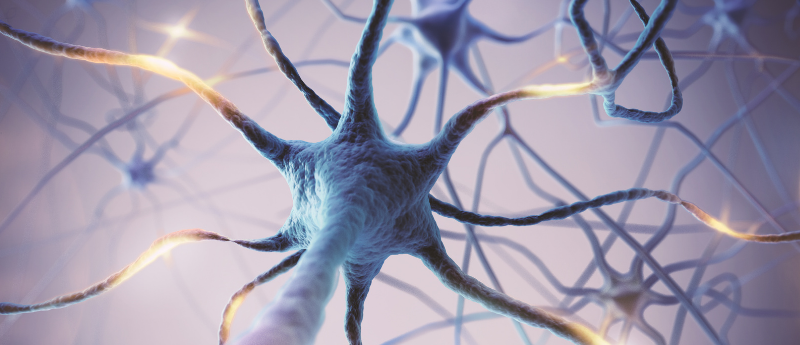Do we control how we see our bodies?

Researchers have revealed that weakened responses to internal signals from the heart and gut are associated with body shame and weight preoccupation.
Interoception refers to the processing of internal bodily stimuli by the nervous system and is the reason we are able to feel muscular tension, the beat of our heart and hunger. A disconnect between the body’s signals and the brain’s interpretation of those signals is increasingly recognized as an important factor in different mental health conditions, such as eating disorders. Now, for the first time, researchers from Anglia Ruskin University (East Anglia, UK) have discovered the association between interoception and body image.
“We experience our body both from the inside and out: we can be aware of how our skin and limbs look, but also of how hungry we feel or how strongly our heart is beating during exercise. The brain also continuously processes internal signals that we are not conscious of,” explained senior author Jane Aspell.
The study, published in Cortex, looked at associations between measures of body image, including body appreciation, functionality appreciation, body shame and weight preoccupation, and interoception. They used two electrophysiological indices of interoceptive processing: gastric-alpha phase-amplitude coupling (PAC), which essentially measures the strength of connection between the gut and the brain, and the heartbeat evoked potential (HEP), which measures the brain’s responses to heartbeats.

Arousal makes it harder to make decisions
New research shows that a state of arousal, which often occurs in anxiety, addiction and other psychiatric disorders, could alter one of the centers for decision making in the brain, instead prompting it to monitor the body’s internal dynamics.
The researchers found that weaker brain responses to the gut and heart were associated with measures of negative body images, such as body shame and weight preoccupation.
“We found that when the brain is less responsive to these implicit signals from inside the body, individuals are more likely to hold negative views about their external bodily appearance. It may be that when the brain has a weaker connection to the internal body, the brain puts more emphasis on the external body and so appearance becomes much more important for self-evaluation,” commented Aspell.
These findings have potential clinical applications. For example, the HEP and gastric-alpha PAC could serve as biomarkers to help identify negative body image and related conditions, such as eating disorders.
Next, the group want to explore why the disconnect between internal signals and the brain’s interpretation of those signals occurs. Lead author Jennifer Todd concluded: “We need to understand why some brains are better at detecting these internal signals than others. We expect it is partly due to differences in neuro-anatomical connections between the brain and internal organs, and this will be the subject of future research.”